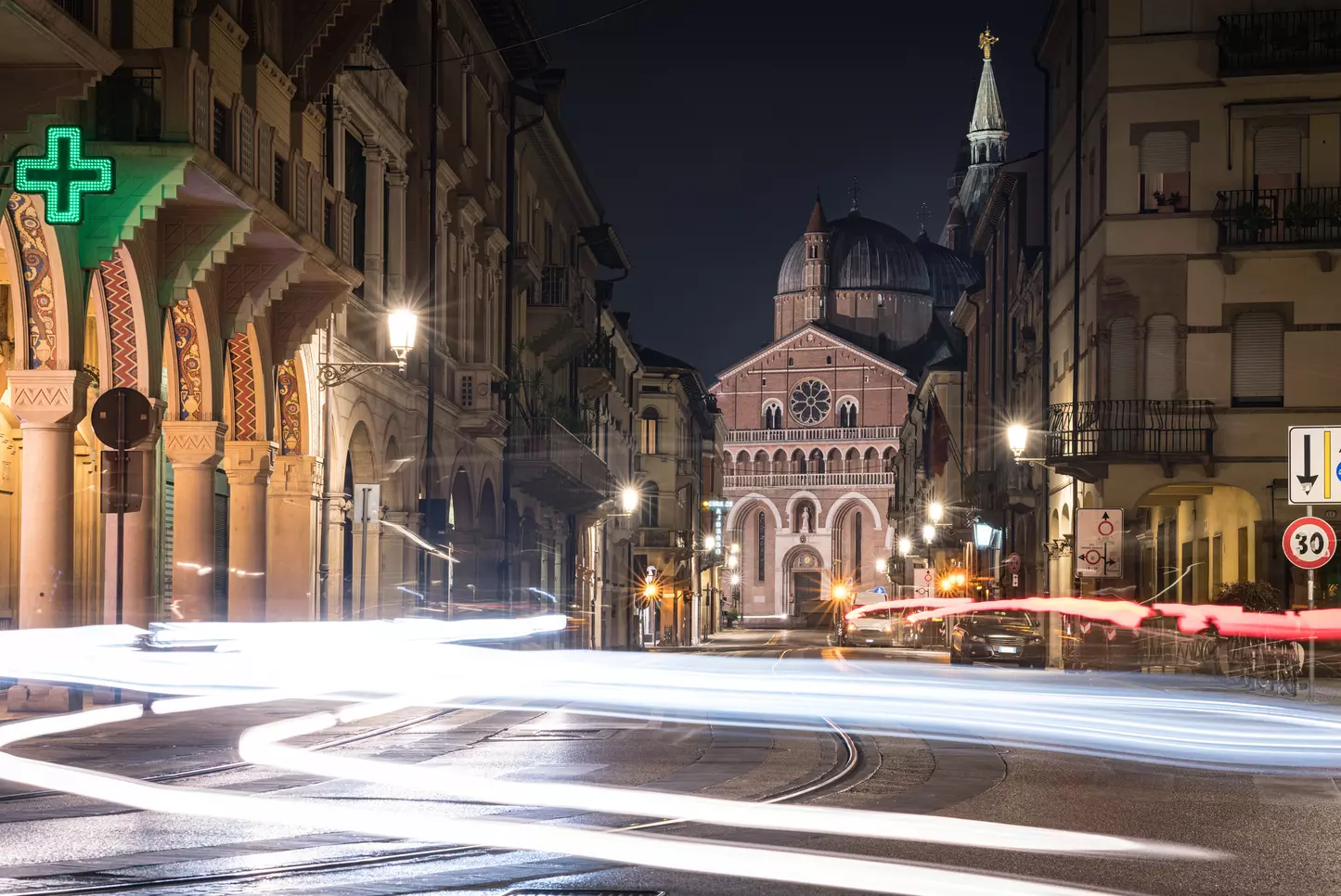Safer, more efficient and more sustainable mobility must be built and planned. And this is only possible through innovative technologies that can target mobility policies and choices.
The new solutions by Yunex Traffic Italy, whose products and platforms for traffic flow and urban mobility management are used in more than 600 cities (including Singapore, Bogotá, Abu Dhabi, Prague) and on 4 continents (Europe, the Americas, Asia, Oceania), have landed in Italy with the most advanced ITS technologies in this direction.
Gino Franco, Managing Director in Italy, illustrates the company, which recently signed an MoU with Municipia, for us. He tells us about the prospects of the sector and the growth opportunities that will transform our cities into increasingly smart, green, safe and efficient environments.
The new connected, safe and sustainable mobility lies in technology, tell us how true is this and why?
“Technology makes it possible to collect large amounts of data that converge on systems capable of filtering and processing them, to create what we call the ‘digital twin’ of mobility. From this basis, we process forecasts and analyses to optimise and manage the flow of vehicles on the roads (traffic management, access control, etc.). All this is done through technological solutions that can be combined with each other for the most varied requirements.”
Therefore, this is a technology that must be modulated according to mobility needs.
“Certainly, it can be used to achieve strategic goals such as accident prevention, road safety or control of pollutant emissions. For example, in the city of Wiesbaden, Germany, we completed a project by installing a traffic management system that combines mobility data with real-time environmental data, to develop predictive analyses on air quality, and to organise traffic flows in advance, optimising them and ensuring that emissions do not exceed a predetermined threshold. Thanks to the ‘Yunex cure’, data show that nitrogen oxide (NOx) emissions in the city have been reduced by between 15 and 30 per cent.”
What is the biggest difficulty in the application of this technology?
“Definitely that of coordinating and bringing together all the actors involved. It is an organisational issue because such an integrated system brings together different areas of action (LTZ, air monitoring, construction site management...) that are often managed by different bodies. We need coordination and data sharing and a system that can supervise their application.”
Is this Yunex’s job?
“Exactly, we work upstream in the process by coordinating all actors in the field, offering specific required expertise that is not always available in municipalities. Our system is ‘turnkey’ from start to finish. We provide a complete portfolio of technologies and expertise (from traffic studies we accompany all phases of solution design and implementation as well as maintenance services and technology upgrades). It all revolves around three key ingredients: traffic simulation and forecasting systems; the detection of vehicle behaviour, as well as cyclists and pedestrians; and adaptive traffic light regulation. This allows us to create different models, such as a solution that can recognise and classify different road users (children, pedestrians with reduced mobility) by calculating their respective crossing times and adapting (extending, if necessary) the traffic light phases to their respective needs.
Is there interest from Italian municipalities in this development and what are they asking for?
“Yes, but the situation is very uneven from entity to entity. The focus is on the environment, but also on the possibility of preventing a situation: be it event-related traffic congestion or a pollution peak due to high traffic. In particular, with our systems we are able to influence behaviour and mobility choices and this can make a difference in the construction of a model. For example, road or rail priority schemes can be used to make public transport more convenient and thus shift preferences.”
What agreement do you have with Municipia?
"We are working in a complementary way because together we are able to offer a complete package that includes technology management and operations management for systems and services. This is also the case for those contexts where the city is not structured for both aspects.”
From an economic point of view, what is the availability of the entities?
“We are working both on large cities and on medium or small realities for which we also study projects from a financial point of view with the project financing instrument. But a key lever from an economic point of view is that regarding efficiencies and the release of resources that we, with our system, manage to create and which act as an incentive for the realisation of the project. Optimisation of the use of parking spaces and access control can be monetised, but there are also indirect effects such as the reduction of energy consumption needed to operate the systems.”
What are the next targets in Italy?
“Becoming a point of reference for these solutions also in Italy and to realise virtuous examples of what we can achieve in terms of impact and quality of life. We are in dialogue with many entities both directly and through tenders.”
What is the distinctive character of your proposals?
“Our unique strength is to bring together traffic planning tools and real-time traffic control. Usually they are separate aspects, we integrate them, and this is our secret weapon: foreseeing to anticipate choices and manage interventions more effectively.”
